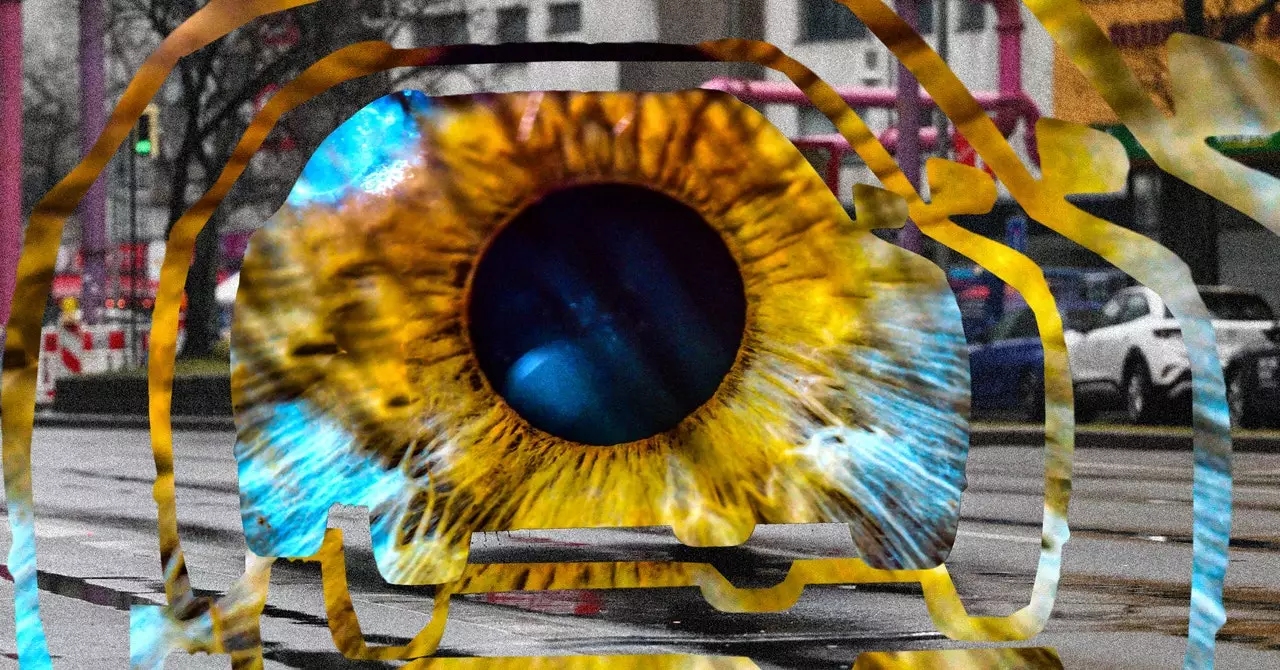In recent years, advancements in autonomous driving technology have surged, and companies like BYD have emerged as key players in this field. A centerpiece of BYD’s push into the automated vehicle market is its God’s Eye system, a suite of integrated technologies designed to enhance vehicular safety and driving efficiency. This critique delves into the technological intricacies and the surrounding discourse, exploring both the promise and pitfalls of God’s Eye and the implications of an overzealous marketing strategy.
The God’s Eye system consists of three distinct configurations—variants A, B, and C—each utilizing a combination of cameras, ultrasonic radar, and lidar sensors. Variant A is considered the most sophisticated, boasting DiPilot 600 software, numerous high-performance cameras, and lidar technologies that provide comprehensive environmental awareness. This top-tier system is intended for BYD’s luxury Yangwang electric vehicles, which aim to target a premium market segment alongside competitors like Tesla and Nio.
In contrast, God’s Eye B integrates fewer sensors and pairs with DiPilot 300, while God’s Eye C utilizes only basic cameras and radar without lidar support, using DiPilot 100. This variance highlights the tiered approach BYD is taking in marketing and deploying its autonomous systems, ostensibly to meet different consumer needs and price points. However, the exclusion of lidar in the C variant raises questions about its efficacy in real-world driving situations, especially considering lidar’s proven utility in enabling safe navigation through complex environments.
The introduction of God’s Eye coincides with a dramatic escalation in urban-level autonomous driving systems across China. Main competitors such as Li Auto, XPeng, and Nio have already laid solid foundations for their technologies, leaving BYD racing to catch up. Industry experts like Rainford express concerns that BYD may overstate the capabilities of its systems. He suggests that the U9 supercar, which is heavily featured in marketing campaigns, may not accurately reflect the state of autonomous driving technology.
According to Rainford, the media portrayals of these high-performance models often conceal the limitations of the underlying technologies. Moreover, the excitement surrounding these advancements must be tempered with realism about the current capabilities of autonomous driving systems. Critics argue that hype can foster a false sense of security among consumers, which could lead to hazardous behavior behind the wheel.
The terminology surrounding God’s Eye—most notably, the use of a term like “divine”—bypedal factors into a larger discussion about consumer perception and trust in autonomous systems. As Peter Norton from the University of Virginia points out, such nomenclature could mislead drivers regarding the actual capabilities and limitations of the technology. This concern is particularly pertinent for consumers of God’s Eye C, as hardware limitations alongside the lack of instructional caution in marketing material could prompt misuse.
Furthermore, comparisons are often drawn to Tesla’s Full Self-Driving (FSD) system, often criticized for relying solely on cameras and artificial intelligence, leading industry analysts like Michael Brooks to denounce it as overhyped. The reality seems clear: despite the advancements, the technology is far from flawless, and enthusiastic claims about fully autonomous vehicles can mislead consumers into thinking they are more capable than they are.
While BYD and its competitors vie for supremacy in the rapidly evolving landscape of autonomous vehicles, it is essential to reflect critically on the significance of the technology and its societal implications. Misconceptions arising from overzealous marketing can have serious ramifications, potentially endangering lives if drivers misinterpret the capabilities of these systems.
As the landscape continues to develop, stakeholders must prioritize consumer education and realistic portrayals of technological capabilities to foster safe adoption. Only then can the aspiration of achieving safe, reliable autonomous driving transition from mere marketing rhetoric to a tangible, trustworthy reality that enhances road safety for all. In examining both the potential and the vulnerabilities of BYD’s God’s Eye system, it becomes evident that the industry must strike a delicate balance between innovation and caution, ensuring that progress does not outpace the groundwork needed to support it responsibly.

